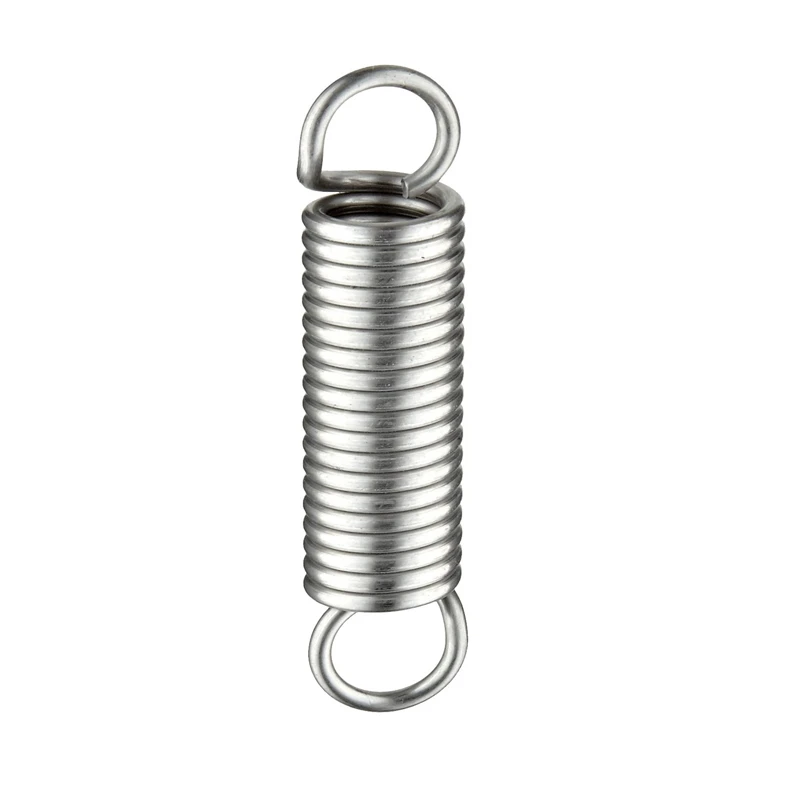
- Mobile Phone
- +8613931874955
- sales@cntcmetal.com
welded wire fabric concrete reinforcement
Welded Wire Fabric in Concrete Reinforcement
Welded wire fabric (WWF), also known as welded wire mesh, is an essential component in the field of concrete reinforcement. This prefabricated material consists of a grid of steel wires that are electrically welded at their intersections. Widely utilized in various construction applications, WWF serves to enhance the tensile strength of concrete structures, helping to prevent cracking and improve durability.
One of the primary advantages of using welded wire fabric for concrete reinforcement is its efficiency in construction. Unlike traditional reinforcement methods that involve tying individual rebar pieces together, WWF offers a more streamlined approach. The fabric can be easily laid out and cut to size, allowing for faster installation processes. This not only saves time and labor costs but also reduces the likelihood of human error during assembly.
WWF is particularly advantageous in applications such as slabs, pavements, and precast concrete products, where uniform stress distribution is crucial. The mesh provides a continuous support network throughout the poured concrete, minimizing the risk of weak points that can lead to structural failures. Additionally, the use of welded wire fabric is particularly beneficial in residential and commercial construction, where load-bearing capabilities and long-term durability are essential.
welded wire fabric concrete reinforcement

Moreover, welded wire fabric can be used in varying gauges and widths, making it adaptable to a wide array of projects. The ability to customize the specifications of the mesh allows engineers and architects to design structures that meet the specific demands of their applications, whether for roads, bridges, or buildings. Additionally, the use of WWF contributes to sustainability in construction. The steel used in the mesh can often be sourced from recycled materials, making it an environmentally friendly choice.
Another significant aspect of welded wire fabric is its ability to accommodate different types of concrete mixes. Whether employing high-strength concrete or self-compacting mixtures, WWF can effectively enhance structural integrity without compromising the properties of the concrete. This versatility makes it a preferred choice for various concrete applications, including architectural elements and decorative concrete.
In conclusion, welded wire fabric stands out as a robust and efficient solution for concrete reinforcement. Its advantages of expedited installation, adaptability, and structural benefits make it a highly regarded choice in modern construction practices. As technology progresses and the construction industry continues to evolve, the role of WWF is likely to expand, ensuring it remains a vital component in creating durable and resilient concrete structures. With its myriad benefits, welded wire fabric is indeed an integral part of contemporary engineering and construction.
share:
-
Your Source for Concrete Wall Ties and Masonry AccessoriesNewsJul.10,2025
-
Unlocking the Power of Iron Wire for Every ProjectNewsJul.10,2025
-
Explore Advanced Chain Wire and Stainless Steel Mesh FencingNewsJul.10,2025
-
Discover the Benefits of Annealed Wire ProductsNewsJul.10,2025
-
Discover China Stainless Steel Wire Mesh SolutionsNewsJul.10,2025
-
Build with Confidence Using High-Performance Masonry AccessoriesNewsJul.10,2025
-
Why Sacrificial Formwork Is Redefining Underground ConstructionNewsJun.06,2025



















